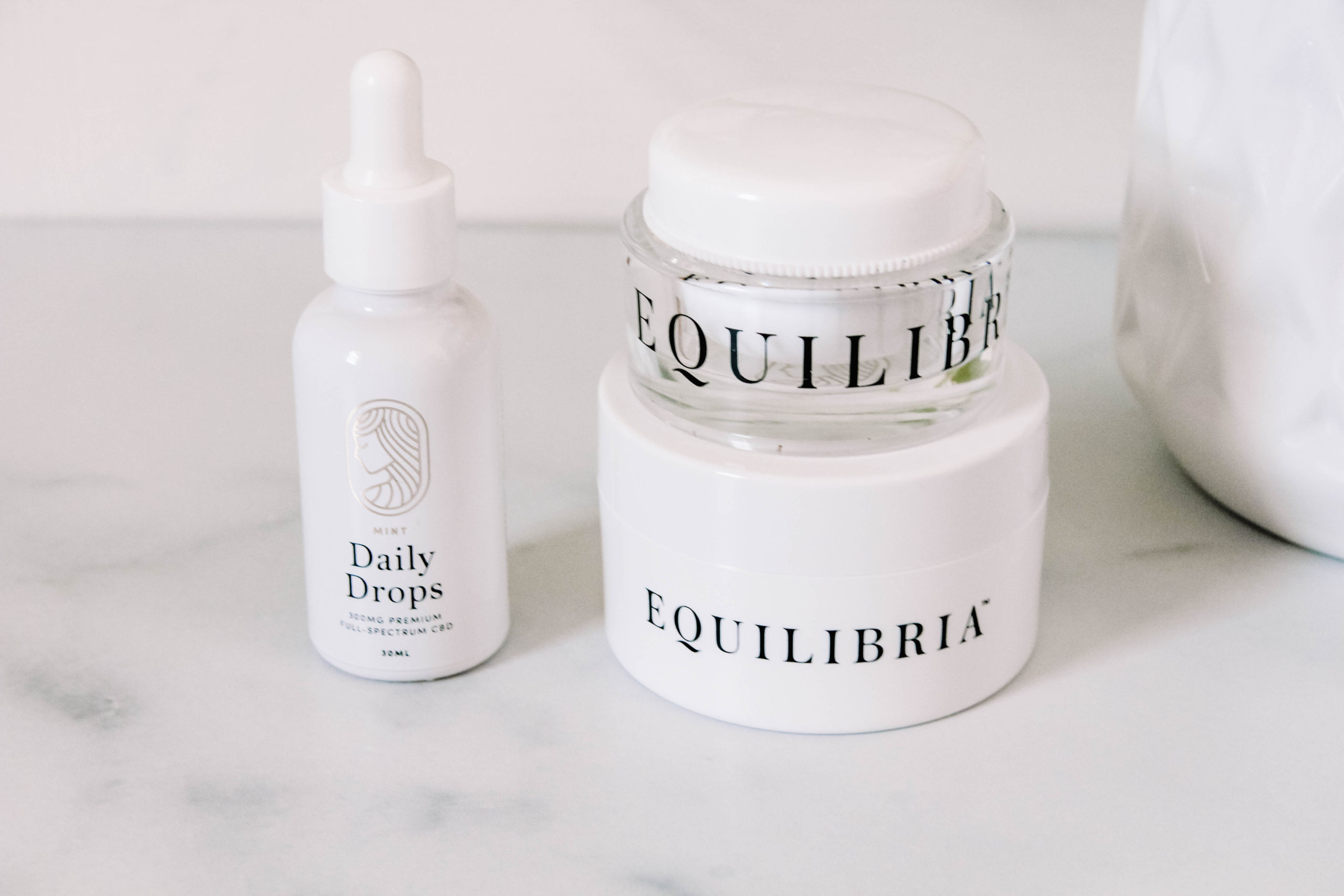Last updated on June 6th, 2022 at 03:36 pm
In the last few years, vitamin D has moved to the forefront as one of the most talked-about, and sought-after nutrients in the nutrition and wellness world.
Vitamin D is known for improving various health conditions, and more and more studies are confirming that vitamin D does in fact play a role in preventing a number of illnesses and diseases.
I have noticed that when any type of nutrient, vitamin, or in this case hormones (yes, vitamin D is a hormone) is trending, people then rush to their local supermarket to buy a supplement to add to their daily regimen.
This is unfortunate as most of these supplements will most likely not improve vitamin D levels, and the quality of the supplements will do more harm than good.

What is Vitamin D?
It is ironic that vitamin D, is actually not a vitamin at all, instead it is a steroid hormone – responsible for many functions within the body. These range from regulating mineral absorption, to disease prevention, and even gene expression.
It is important to understand that there are five forms of vitamin D, but we will be focusing on the 2 most common ones – which are vitamin D2 and D3.
Vitamin D2
Vitamin D2 is mostly found in plants and has only about 8% positive effect on the body. There is also of course a synthetic version which is made by irradiating fungi and plant matter. Sadly this is the form of vitamin D that is used in the majority of the supplements on the market these days. What makes it even worse, is that vitamin D2 is quite toxic in excess. Vitamin D2 can cause softening of the hard tissues and hardening of the soft tissues in the body.
Fun fact: The dairy industry used synthetic vitamin D2 in their fortified milk products for many years before finally replacing it with synthetic vitamin D3. However, if you are consuming dairy-like products like nut, rice, soy, or oat milk you are still being exposed to synthetic vitamin D2.
Vitamin D3
Vitamin D3 on the other hand is a fat-soluble vitamin obtained from responsible sun exposure as well as some animal foods. It is also the most bioavailable.
Vitamin D and the sun
Vitamin D3 is made from the sun’s UVB rays only. These rays tend to be weaker in the winter months and stronger in the summer months. Additionally, the UVB rays tend to be stronger the closer you get to the equator and a little weaker the further away you move from it.
In order to increase vitamin D3 levels using sunlight, you would have to practice safe sun exposure consistently throughout all the seasons. Exposing your eyes, chest, and belly for maximum absorption and conversion.
Vitamin D and animal foods
Vitamin D3 is found in insects, fish eggs, fish liver oil, wild fish, shellfish, organ meats (like beef liver), and raw dairy. The unfortunate truth is, that in order for you to benefit from these foods, the animals must have lived outside, been exposed to sunlight, and been allowed to graze on green pastures. Animals contain this very unique ability to turn chlorophyll from plants into vitamin D3, which is then stored in their organs, meat, and milk. So the quality of food really does matter.
What are the benefits of vitamin D?
There are a number of studies out there that indicate the significant positive effects on the short and long-term health of individuals with adequate vitamin D levels.
Some of the well-known benefits of vitamin D include improving the body’s ability to:
♦ regulating insulin production appropriately
♦ improving muscle tone
♦ building healthy bones
♦ encouraging healthy reproduction
♦ reducing the risk of cancers by more than 50%
♦ slowing down cancer cell production
♦ preventing tumors from becoming cancerous
♦ improving skin health
♦ enabling the proper growth in children
♦ fighting infections and strengthening the immune system
♦ improving nervous system function
What are the risks of vitamin D deficiency?
It is alarming to know that about 75% of Americans are vitamin D deficient – I am confident that this number has risen since 2009. Signs of vitamin D deficiency can range anywhere from achy bones, fatigue, depression, and even some stomach issues. However, many people might not even know or notice any of the symptoms while putting themselves at risk for a number of illnesses which has been linked to deficiency.
These include:
♦ osteoporosis
♦ cardiovascular disease
♦ autoimmune disease
♦ type 2 diabetes
♦ inflammation
♦ cavities
♦ cholesterol regulation in blood

Why it is important to avoid conventional vitamin D supplements?
As mentioned before the majority of the supplements that you will find at your local grocery store or the supplement aisle of the supermarket will only offer you vitamin D2 or a combination with synthetic D2 and D3. These synthetic vitamin supplements are more likely to have a very negative impact on health than positive ones. These supplements are not made from natural sources.
Vitamin D cannot be adequately synthesized in the body without the proper cofactors in place, and in this case, those cofactors are vitamin A (also known as retinol) and Vitamin K2. The supplement industry (including the vitamin D industry) is a billion-dollar industry and these companies are only looking for a profit, they don’t actually consider the synergistic principles of true nutrition. This is why you generally don’t want to take nutrients in isolation, it can throw others off balance.
Vitamin K2
Vitamin K2 is responsible for activating certain proteins. These proteins are responsible for distributing and delivering the vitamin D (as well as calcium) to where they should be in your body (in case you didn’t know, it’s the bones.) They also keep these nutrients out of where they shouldn’t be (the arteries.) As with vitamin D, most Americans are also deficient in vitamin K2.
Taking a vitamin D supplement with vitamin K2 is counterproductive and cancels each other out.
Vitamin A
Vitamin A is responsible for curbing the excessive production of vitamin K2 proteins to ensure that your body has just enough.
Why simply taking a vitamin D supplement not a clear cut solution:
Nutrients work together
Like I said before vitamin D, A, and K2 work together synergistically – this means that if you take too much vitamin D, you can throw off the balance of vitamin A, K, and vice-versa.
Fat digestion problems
Vitamin D is a fat-soluble vitamin, so it is super important to consume enough fats and to make sure that you are able to properly digest fat, in order to avoid deficiency.
It doesn’t address the root cause of deficiency in the first place
Simply popping a supplement like vitamin D is a bandaid solution, and doesn’t address the reason why you are deficient in the first place. Isn’t it better to address the cause, and bring balance back into the body, to do what it is supposed to be?
Foods that are rich in vitamin A, D, and K2:
♦ pastured egg yolks
♦ pastured butter
♦ pastured beef liver and other organ meats
♦ pastured beef
♦ raw milk and cream
♦ oily fish
♦ cod liver oil
♦ pastured animal fats – butter, ghee, tallow, lard, duck fat
♦ mushrooms (bonus points for mushrooms that you put out in the sun for a little bit.)
How to get enough vitamin D?
♦ eat a nutrient-dense diet filled with foods rich in vitamin A, D3, And K2 on a regular basis.
♦ get outside – spend 20 -30 minutes outside in unfiltered sunshine, it is best to do this responsibly in the middle of the day when the sunlight is the strongest. Expose your eyes, chest, and stomach.
♦ supplement magnesium is responsible for activating vitamin D, magnesium is also the first mineral the body burns through when stressed out, so it is safe to say that everyone is more magnesium deficient than vitamin D deficient.
*A super (and relaxing) way to increase magnesium stores in the body is to take a magnesium salt bath for 20-25 minutes. This lotion is also a great option to increase magnesium levels topically. I always recommend getting a variety of the different kinds of magnesium when supplementing – I love Smidge Morning and Evening Magnesium (available on my Fullscript dispensary), as well as this liquid form.
♦ reduce your toxic load – this can inhibit vitamin D production as well – clean up your diet, your hygiene products, cleaning supplies, get some house plants, etc.
If you believe that are vitamin D deficient, before running to the store to load up on vitamin D supplementation, I recommend working with a practitioner who can help you get right back on track.
Disclaimer: This article is not intended to provide medical advice, diagnosis, or treatment.
To order practitioner and therapeutic grade supplements visit my Fullscript + Wellevate dispensaries for an automatic 10% off all orders.
*****
Use code “NURTUREMEWILD” at checkout to save 10% off your entire first order over at Perfect Supplements!
*****
Use code “NURTUREMEWILD” at checkout to save 10% off your entire first order over at Live Pristine!
*****
Use code “FIRSTTIME” at checkout to save 10% off your entire first order over at Earthly Wellness!




+ view comments